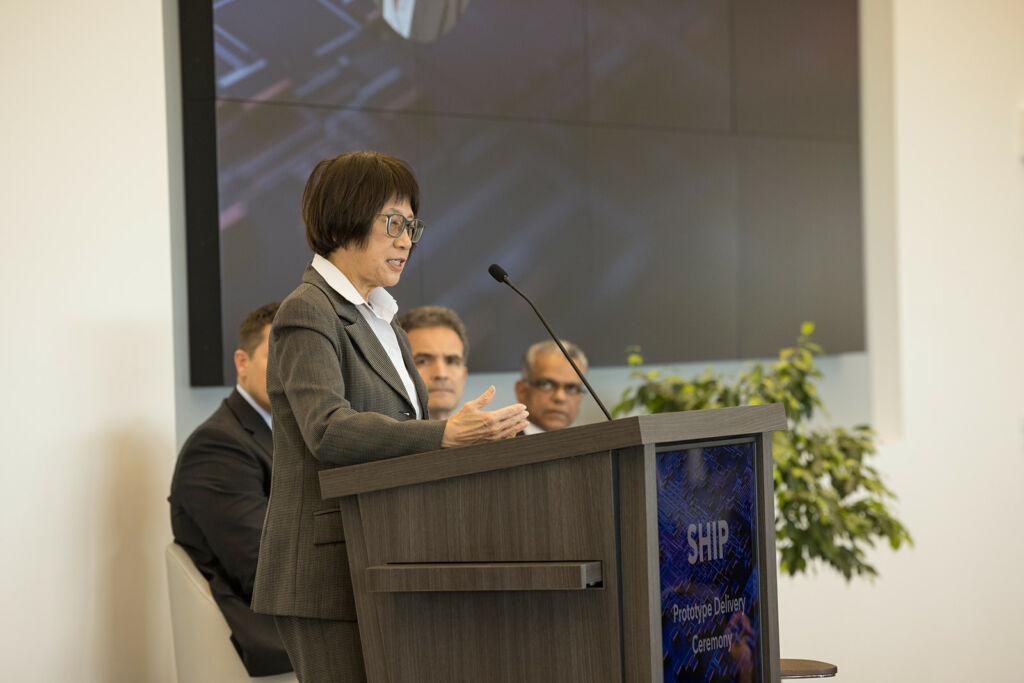Charting the Future of Defense: The National Defense Science and Technology Strategy Released
June 26, 2023

In today’s rapidly evolving technological landscape, it is essential for the DoD to adapt and leverage emerging technologies to maintain its competitive edge. Recently, the DoD released the National Defense Science and Technology Strategy (NDSTS), a comprehensive framework that outlines the Department’s priorities, goals, and investments in science and technology. Guided by the National Defense Strategy, the NDSTS aims to bolster national security through strategic decision-making and the development of asymmetric capabilities.
“We cannot expect to generate 21st Century capabilities with 20th Century processes and infrastructure,” said the honorable Heidi Shyu, DoD Chief Technology Officer. “To build an enduring advantage for the future joint force, we need to sharpen our competitive edge and take a new approach to harnessing the full scope of the innovation ecosystem.”
14 Critical Technology Areas
Building upon the DoD CTO’s Strategic Vision, the NDSTS has noted a continued interest in 14 Critical Technology Areas: Biotechnology, Quantum Science, Future Generation Wireless Technology (FutureG), Advanced Materials, Trusted AI and Autonomy, Integrated Network Systems-of-Systems, Microelectronics, Space Technology, Renewable Energy Generation and Storage, Advanced Computing and Software, Human-Machine Interfaces, Directed Energy, Hypersonics, and Integrated Sensing and Cyber. Also, in line with the NDSTS’s efforts, NSTXL’s OTAs address 10 of the ‘14 Critical Technology Areas’ referenced in the NDSTS.
“This Strategy helps us avoid unnecessary, inefficient technology horseraces and rather make more deliberate decisions that prioritize the development of asymmetric capabilities to ensure our national security over the long term,” said the distinct Heidi Shyu, DoD Chief Technology Officer.

Heidi Shyu, DoD Chief Technology Officer speaking at the SHIP Ceremony.
These areas are crucial for maintaining a technological advantage and addressing emerging threats. Additionally, the strategy recognizes the significance of international allies and industry partners in research and development efforts. It seeks to expand opportunities for co-research and co-development with these entities, fostering a collaborative environment that benefits all parties involved.
Three Key Lines of Effort
The NDSTS highlights three key three lines of effort encompassing the strategy including focus on the joint mission, creating and fielding capabilities at speed and scale, and ensuring the foundations are laid for research and development. Here’s what you need to know:
1. Focus on the joint mission
This plan involves making informed assessments of the threats we face through the strengthening of technological systems.
The main point of this line of effort is to focus on assessment and analysis, so we can determine the type of threat we face and react to the best of our abilities. Think, for example, of the Joint Threat Warning System (JTWS) that has been awarded through #S2MARTS. This project will ultimately provide early threat warnings analyze the direction of arrival (DOA) of signals, providing lifesaving detailed information on both terrorist threats and natural disasters, following the line of effort detailed in the NDSTS.
2. Create and field capabilities at speed and scale
The DoD is placing emphasis on an ecosystem that not only executes on contracts quickly and efficiently, but brings to the table lively, cutting-edge ideas from all tech areas. NSTXL employs OTAS, a non-traditional contracting vehicle that supports rapid research and prototyping. OTAs offer several advantages over traditional contracts, like providing greater flexibility and speed in the acquisition process, allowing contracts to be swiftly executed with precision and effectiveness.
This furthers the NDSTS goal of “Creating and Fielding Capabilities at Speed and Scale”, as it quickens timelines and ultimately accelerates the transition of new technologies from development to deployment. By fostering partnerships with non-traditional organizations, NSTXL has unlocked a wealth of technological advancements through innovation. These forward-thinking collaborators, unburdened by traditional constraints, bring fresh ideas and revolutionary solutions to the table.
3. Ensure the foundations for research and development
Finally, the DoD wants to further collaboration among those in the ecosystem and build up the infrastructures that start these relationships. The end goal here is fostering lasting connections to drive innovation. One major way these relationships can be formed during virtual or in-person events.
Propelling Defense Forward
All in all, the release of the NSDSTS serves as an outlook into the future of the DOD’s goals, and with the employment of OTAs, NSTXL acts as a catalyst, driving the integration of groundbreaking technologies into government projects, fostering progress and propelling innovation forward. To learn more about NSTXL membership, visit our membership page.
If you are interested in pursuing upcoming opportunities with the federal government, NSTXL can help you get started.






